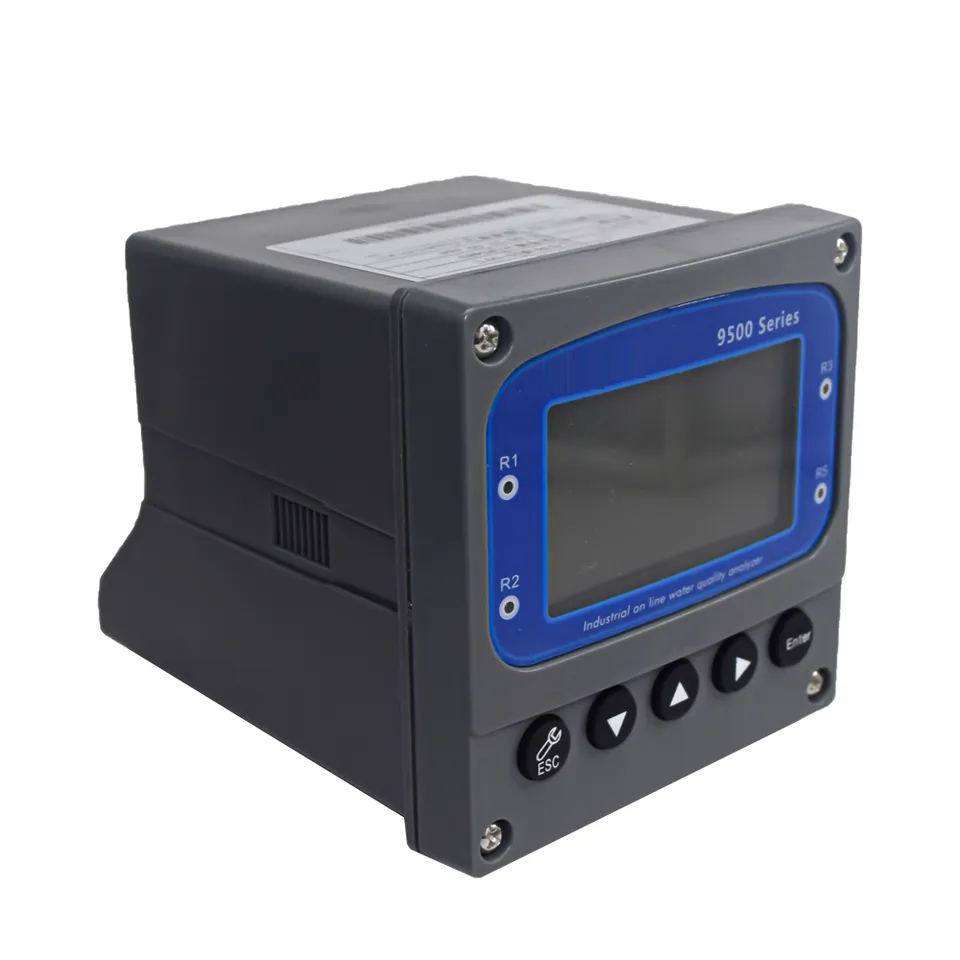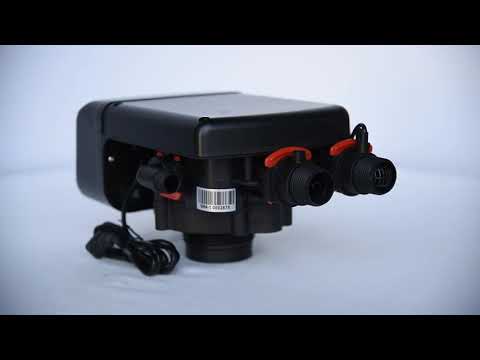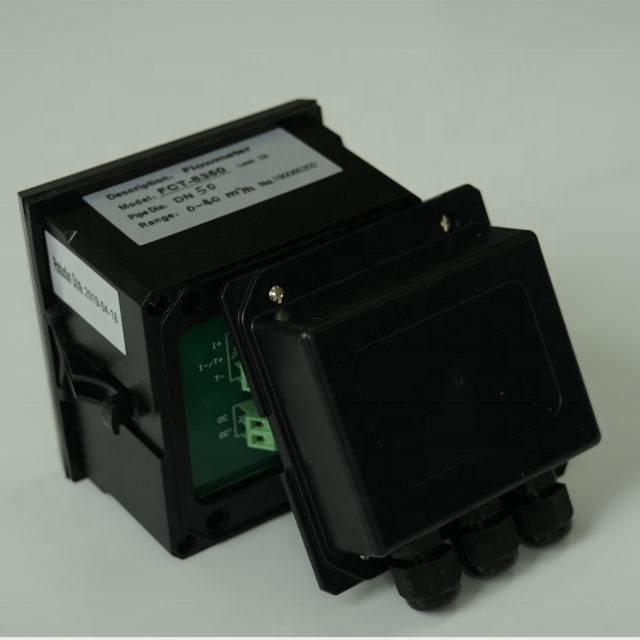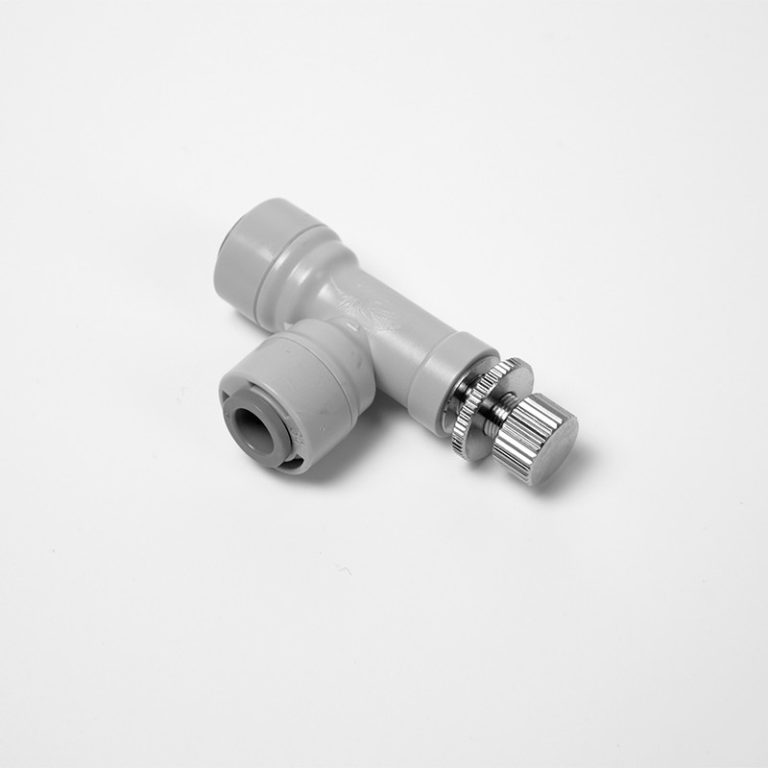Optimal Lung Performance: Reach New Heights
Understanding Peak flow meter Readings
Understanding Peak Flow Meter Readings
A peak flow meter is a simple device used to measure how well your lungs are functioning. It is commonly used by individuals with asthma or other respiratory conditions to monitor their lung health and track any changes in their breathing patterns. By regularly measuring your peak flow, you can gain valuable insights into the effectiveness of your treatment plan and take appropriate action if necessary.

When using a peak flow meter, it is important to understand what the readings mean and how to interpret them. The readings are typically expressed in liters per minute (L/min) and can vary depending on factors such as age, sex, height, and overall lung capacity. However, there are general guidelines that can help you determine whether your peak flow readings are within a healthy range.
For adults, a peak flow reading of 80% or higher of your personal best is considered normal. This means that your lungs are functioning well, and you are likely not experiencing any significant breathing difficulties. However, if your reading falls below 80%, it may indicate that your airways are narrowing, and you may be experiencing symptoms such as wheezing or shortness of breath. In such cases, it is important to consult with your healthcare provider to adjust your treatment plan accordingly.
Children, on the other hand, have different peak flow ranges depending on their age, height, and sex. It is important to establish a personal best peak flow reading for your child, which can be determined by measuring their peak flow when they are feeling well. Once you have established their personal best, you can use it as a reference point to monitor their lung function. Generally, a peak flow reading of 80% or higher of their personal best is considered normal for children as well.
It is worth noting that peak flow readings can vary throughout the day. They tend to be higher in the morning and lower in the evening. This is because our lung function naturally fluctuates due to factors such as physical activity, exposure to triggers, and time of day. Therefore, it is recommended to measure your peak flow at the same time each day to ensure consistency and accuracy in your readings.
In addition to monitoring your peak flow readings, it is important to understand your personal best. Your personal best is the highest peak flow reading you have achieved when your lungs are functioning at their best. It serves as a baseline for comparison and helps you identify any significant changes in your lung function. By regularly measuring your peak flow and comparing it to your personal best, you can detect early signs of worsening lung function and take appropriate action, such as adjusting your medication or seeking medical attention.
In conclusion, understanding peak flow meter readings is crucial for individuals with respiratory conditions. By knowing what your peak flow should read and how to interpret the readings, you can effectively monitor your lung health and take proactive steps to manage your condition. Remember to establish a personal best, measure your peak flow at the same time each day, and consult with your healthcare provider if your readings fall below the normal range. With proper monitoring and management, you can maintain optimal lung function and lead a healthy, active life.







